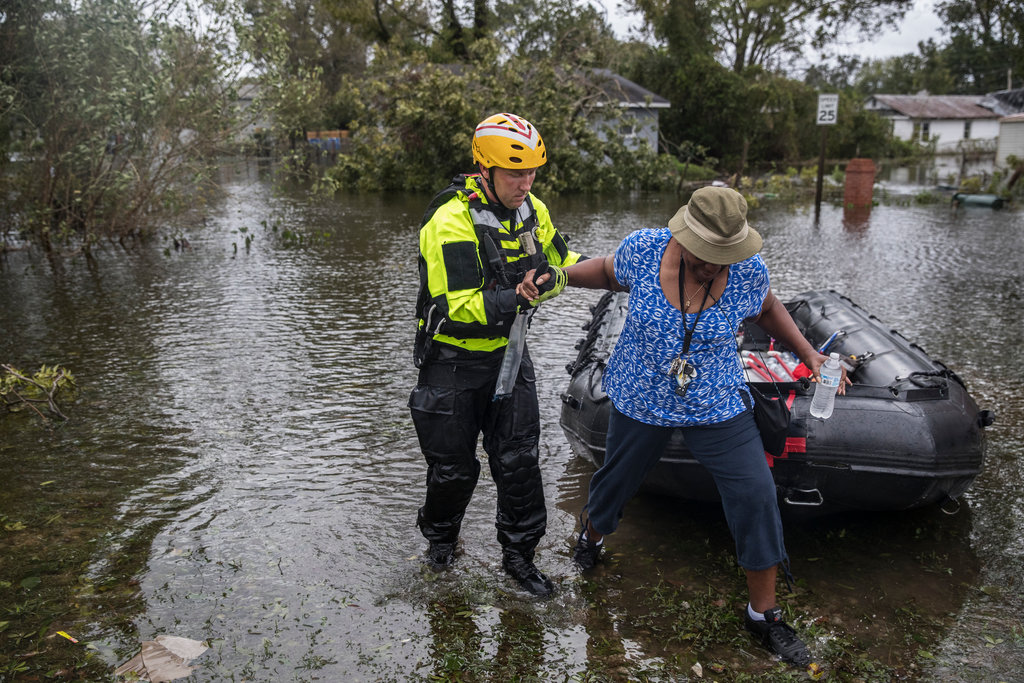
When hurricane Florence struck the Carolinas last week, humanity played a role in the destruction.
Human intervention is making natural disasters unnaturally harmful, both in causes and effects, and the number of ways our own influence is making things worse, taken together, is sobering.
On a global scale, we are bolstering the destructive potential of hurricanes and other extreme weather events by driving climate change. At the local level, we remain reluctant to deal with the problems of our own making, building and rebuilding in risky areas even as we avoid the policies and investment that would help mitigate the threats.
Kim Cobb, a climate scientist at the Georgia Institute of Technology, said that people tended to think of climate change as an abstract problem with only technocratic solutions. But it is getting more concrete all the time, and requires real-life action in response.
“This year has shown us that climate change is a present-day threat to the safety and livelihoods of communities across America,” she said. “Some communities are tackling these issues head on, but some have their heads in the sand.”
‘Human interference’ is making hurricanes more destructive
The human contribution to heating up the planet by burning fossil fuels is already nudging up the destructiveness of hurricanes like Florence and last year’s Hurricane Harvey in some ways, and will have even greater effects over time: “Climate change is expected to make intense hurricanes more intense,” said Andrew Dessler, a climate expert at Texas A&M University.
The consequences of human-driven climate change on hurricanes plays out in a number of ways. Hurricanes get energy from warm ocean water, and the oceans are heating up. (The waters Florence encountered were, in fact, warmer than normal.) Compounding the problem, warmer air can hold more moisture, which can lead to the kinds of intense rain events and high levels of inland flooding associated with storms like Florence.
On top of that, Dr. Dessler said, sea levels have already risen because of global warming, and those heightened sea levels make storm surge levels higher, pushing more water onto land and creating even more flooding.
Other research suggests that climate change is weakening the atmospheric currents that tend to move weather systems along during the summer months. That makes storms like Harvey and Florence stall while they dump stunning amounts of water over the landscape, so that even a storm without catastrophically powerful winds can do tremendous damage, even far inland.
Researchers working in the field of attribution science, which searches for possible links to climate in individual weather events, have suggested that Hurricane Harvey’s rainfall was 38 percent higher over what would have been expected in a world without climate change.
